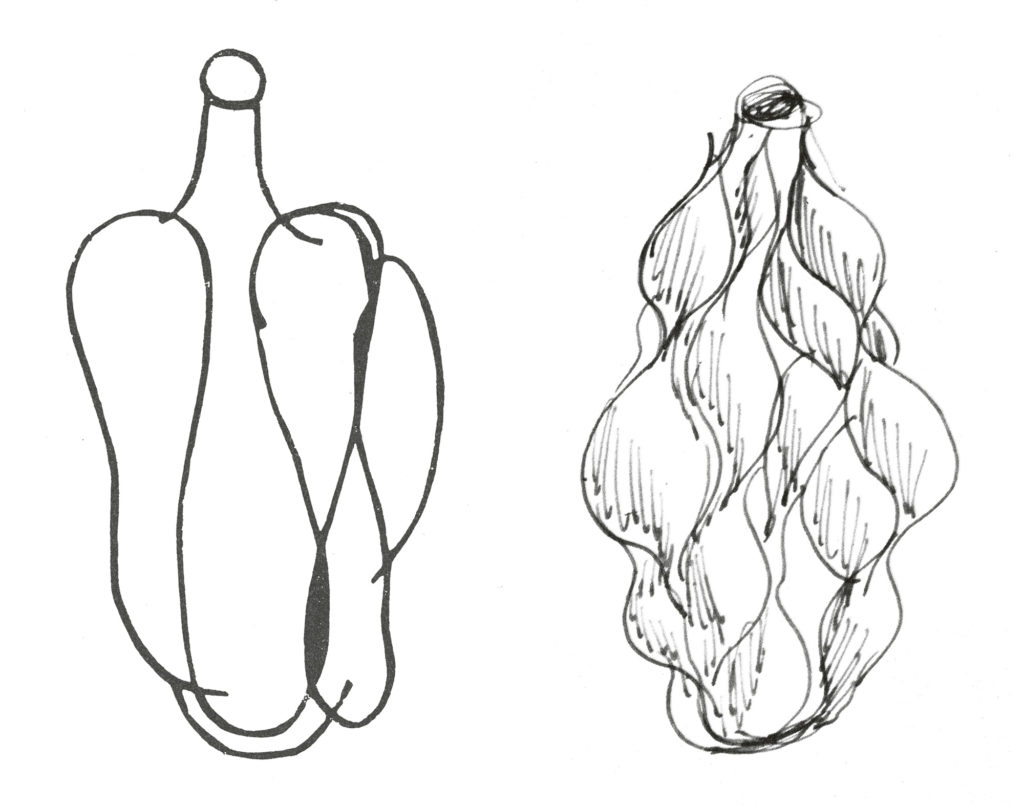Modernt & samtida
Till katalogen
To be sold at Uppsala Auktionskammares Important Sale: Modern & Contemporary 18-19 November 2020
Axel Salto was born in 1889. He was the first artist in a family whose members generally devoted themselves to the military profession. But his father, who was an artillery colonel, had a deep love for music, and his mother stimulated her son’s artistic talent in every way. In 1907, Salto became a student in the classical linguistics and subsequently came to a technical school to prepare for admission to the art academy. He then studied at the Royal Danish Academy of Fine Arts from 1909 to 1914 but never hid the fact that he was astonished that he stayed on for so long at an educational institution which he early on regarded as a ”petrification from the time of autocracy”.
Before the end of World War I, Salto traveled to Paris and thus the years of preparation were over. He came home to Denmark full of revolutionary thoughts and strengthened in his desire to oppose the view of art that sought to capture the essence of things in their naturalistic external form, a view that at this time was the dominant one in Denmark. He became one of the most ardent proponents of expressionism and gained a firm reputation among the older artists as a fanatic. During these early years Salto could only imagine a future as a painter, but slowly shifted focus to ceramics during the 1920’s.

Salto started experimenting with polychrome porcelain at Bing & Grøndahl in 1923 which was presented in the Danish Pavilion at the World Exhibition in Paris 1925. He started working with stoneware in collaboration with the ceramicist Carl Halier in the late 1920’s. The potter’s clay with its robust, grainy character suited him well. Artistically, it spoke to his sense of substance, and at the same time it fertilized his imagination and inspired his thirst for knowledge.
Salto’s work is closely connected to the natural world, and his experience of nature is tied to the little things. He is known to have said that “it is of greater importance for an artist to create in the spirit of nature than to imitate its exterior.” He approaches the subject matter as if he wants to clarify the plants and mark the principles of their structure, to follow the plant all the way down to the seed for its innermost essence. Among his study materials are mussels, shells and fossils, things that speak to his ceramic imagination and sense of substance and form. Salto uses the visual experience as the immediate language of the mind and has often worked close to abstract art, but in his vases and bowls subject and form have been woven closely together in a highly personal way, shaped by his experiences, thoughts and deepest notions about the context of life.
The present collection consists of five vases by Axel Salto, including some of his most important, revered and imposing designs from the 1930’s and 40’s in a variety of stunning glazes. They are all representations of the “sprouting” and “budding” styles within Salto’s oeuvre. These designations express the stages of growth that the shape and its ornaments interpret. In the budding vases he developed the organic motif and drove the dynamics to its breaking point, and the movement culminated in the sprouting style. Salto spoke of “the inherent power of things” – describing it as dark energy sources and secretive forces that flow through the world. To him, creating art had a spiritual function.
Salto’s production is versatile, imaginative, intense, distinctive and formed by a deeply personal approach to ceramics both as a science and as a sacred act. The work with clay and glazes became the means by which he sought to understand life and come to terms with the mysteries of nature and his own mind.